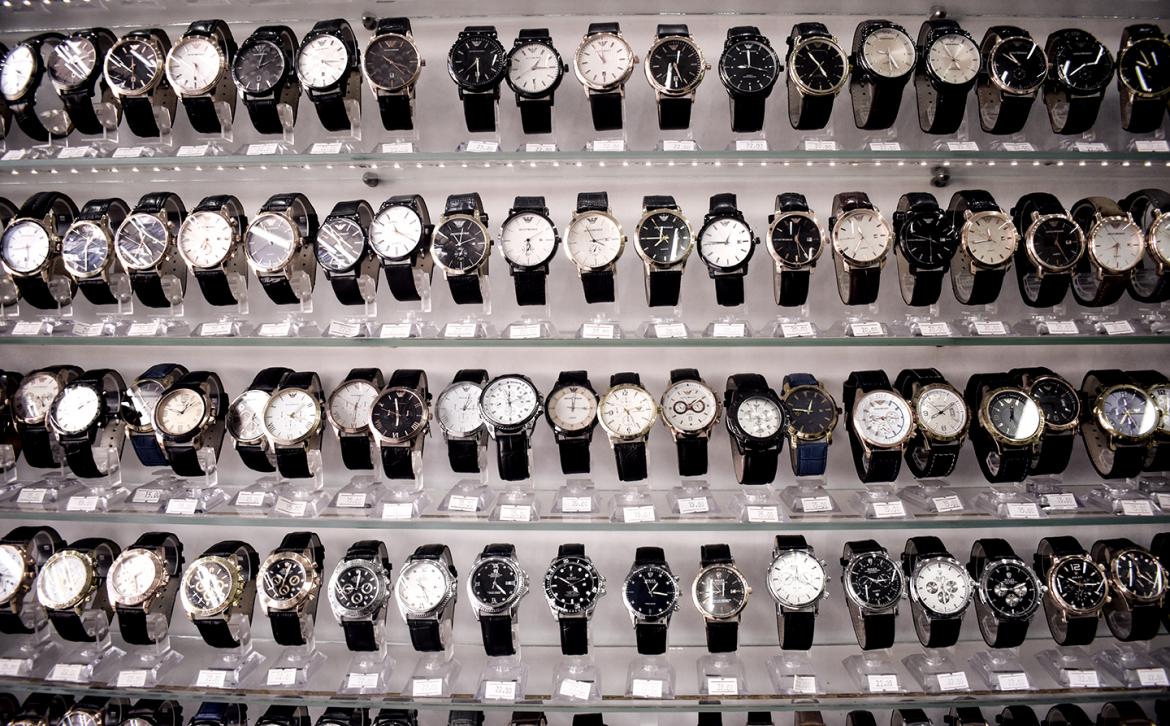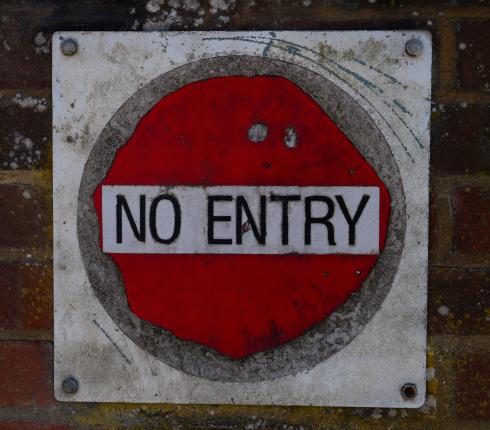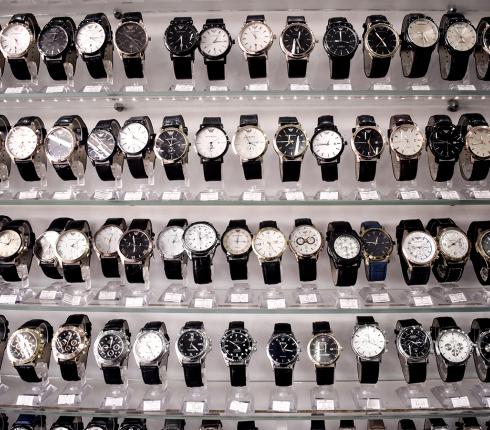EU customs stopped fake and potentially dangerous goods worth nearly €760 million in 2019
The European creative and innovative industry is a global leader, and in recent years, the European Commission has increased its focus on addressing violations of intellectual property rights. In this context, the Commission has presented a series of action plans aimed, among other things, at developing the EU's capacity to assist the Member States in monitoring and taking the necessary measures to stop the importation of counterfeit goods.

Protection of intellectual property rights
It is important that intellectual property rights holders have an assurance that their inventions and trademarks are protected. Intellectual property rights are a crucial driver for economic growth as they help companies increase the value of their intangible assets. The competitiveness of European businesses depends on these rights being adequately protected.
Each year, the European Commission publishes a report on customs actions to enforce intellectual property rights based on data from the Member States' customs authorities. The European Commission's latest report for 2019 shows that importation of counterfeit products into the EU is a major problem, but at the same time, the report shows that the EU customs authorities have played an important role in enforcing intellectual property rights.
The European Commission's report on customs actions to enforce intellectual property rights
In 2019, EU customs authorities stopped counterfeit and potentially dangerous goods worth almost 760 million euros at the EU's external border.
The 760 million euros represent an increase of almost 20 million compared to 2018. In the same period, the number of detentions increased by over 30%.
In 2019, Member State customs authorities made over 90.000 seizures of goods that, in different shapes, infringed on intellectual property rights, consisting of almost 41 million individual items. This is an increase of 53% compared to 2018.
The report from the EU-Commission shows that 85% of the products seized by the customs authorities were eventually destroyed. The main categories of counterfeit products are cigarettes (21.3%), counterfeit matches (20%), and packaging material (13.6%). In addition, toys (9.6%) and clothing (3.9%) account for most of the remaining counterfeit products attempted to be imported into the EU.
In terms of detention procedures, the top categories of counterfeit goods were clothing, sports shoes, perfumes, and cosmetic products.
Almost 33% of the counterfeit goods that were attempted to be imported into the EU in 2019 originates from China. In addition, counterfeit goods from China account for 56% of the seized goods’ total value. Thus, China ranks first in both the quantitative and qualitative import of counterfeit goods.
The importation of counterfeit goods into the EU is not only a problem for holders of intellectual property rights, companies, and the economies of the Member States. A large proportion of counterfeit products pose a potential threat to the health and safety of EU citizens. This is particularly the case when importing counterfeit products for daily use, such as food and beverages, medicines, household electrical appliances, and toys. These everyday products do not necessarily comply with Member States' and EU standards. Import of these everyday products accounts for 15.6% of the total number of detained individual goods.
What does the future hold?
The European-Commission continues to focus on the enforcement of intellectual property rights. In 2018, the Commission put forward a plan, which was subsequently adopted by the Council, which aims to combat infringements of intellectual property rights in the period 2018-2022. In November 2020, the Commission also adopted an Intellectual Property Action Plan to strengthen the EU's economic resilience and recovery. In addition, Paolo Gentiloni, the EU Commissioner for Economic Affairs, has stated that the European Commission remains “committed to fight this illegal activity and supports Member States in their efforts to bar the entry of counterfeit products into our Single Market”.
The European Commission's report for 2019 shows the need to make significant efforts in this area. At the same time, the report shows the importance of the EU's customs authorities’ efforts – these play and have played a unique role in enforcing intellectual property rights.

















